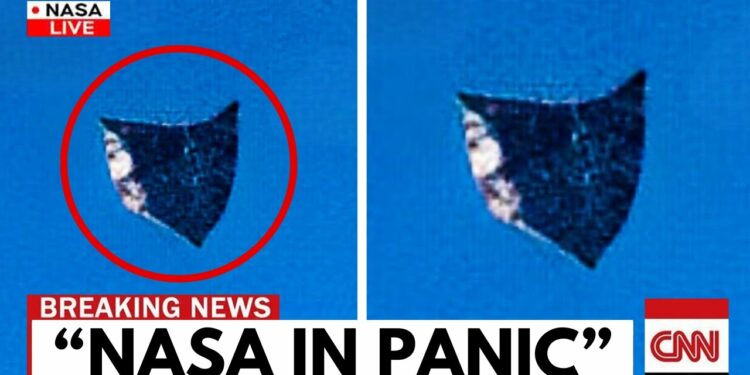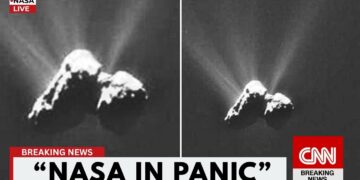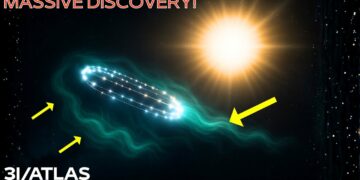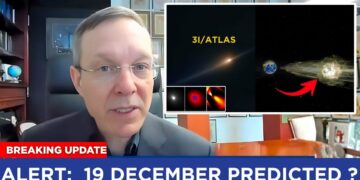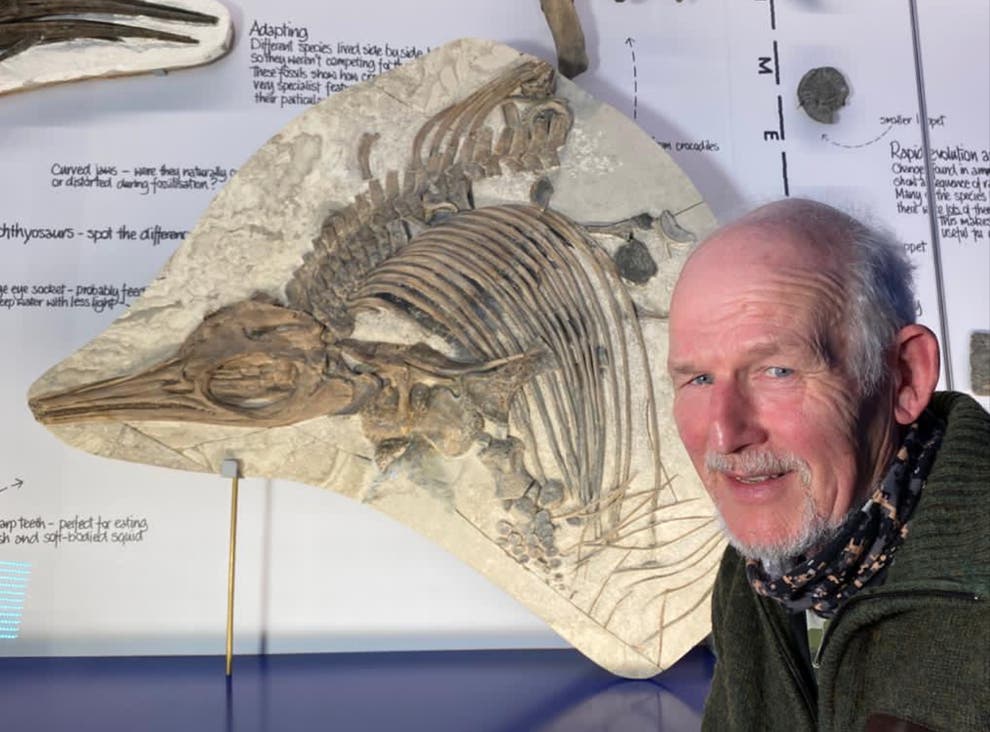Science often progresses through equations, predictions, and meticulous measurements. Yet, sometimes, reality defies the rules. The James Webb Space Telescope (JWST) was built to peer deeper into the universe than any instrument before it, designed to reveal the first stars, the earliest galaxies, and the faint glow of creation. Instead, it uncovered a cosmic enigma—a galaxy so ancient, luminous, and chemically complex that it challenges our understanding of the universe’s timeline.
For years, scientists suspected the early universe was not the simple, tranquil place described in textbooks. They hypothesized it was chaotic, dynamic, and vibrant. JWST has now confirmed this. Its observations suggest that everything we thought we knew about the universe’s origins was incomplete.
In 2022, GN-z11, observed by the Hubble Space Telescope, held the record as the most distant galaxy known, marking the limit of Hubble’s capabilities. Then JWST, with its 6.5-meter infrared mirror optimized for capturing the redshifted light of the early universe, took over. One of its first discoveries was a galaxy named JADES-GS-z14-0, with a redshift of 14.32, indicating it existed just 300 million years after the Big Bang—an extraordinary find. But then came MZ-14, slightly older and farther, yet astonishingly brighter.
MZ-14 defied expectations. Galaxies from that era should be dim, diffuse, and chaotic. Instead, MZ-14, though only 500 light-years wide, blazed with newborn stars at a rate no model could explain. It was not a fledgling galaxy but a cosmic forge, burning with purpose at the dawn of time. Using JWST’s spectrograph, astronomers found even stranger details: MZ-14 lacked a supermassive black hole, which typically drives such intense star formation. Without a gravitational engine, its activity was inexplicable—a factory operating without machinery or blueprint.
More surprising was MZ-14’s chemical makeup. JWST detected a high abundance of nitrogen, an element produced only after multiple generations of stars live, die, and disperse their remnants. This suggests MZ-14 was built on the ashes of something even older, something yet unseen. If such galaxies existed so soon after the Big Bang, how many more are out there?
MZ-14 was expected to be a cosmic anomaly, a rare exception. But JWST kept finding similar galaxies—bright, ancient, with massive starbursts and complex chemical signatures. These were not outliers; they were common. This discovery upended our models of cosmic evolution, revealing an early universe that was not a dark, slow-forming era but a rapid, explosive revolution. Galaxies formed faster, earlier, and with more structure than predicted, suggesting the universe was organizing itself with astonishing speed.
These findings raise profound questions. What if the Big Bang was not a singular beginning? Some scientists are revisiting the idea that our universe exists within a black hole. In this theory, a black hole’s collapse creates a new spacetime, a new universe. Every black hole in our cosmos could be birthing new realities, each with its own laws and histories. MZ-14, then, might be a relic of a deeper cosmic order.
Another anomaly emerged from JWST’s data: a subtle pattern in galactic rotation. Across vast regions, galaxies appear to favor a single spin direction, defying the expected randomness of a symmetric universe. This suggests the cosmos may have a preferred axis, hinting at a structured, non-random origin—perhaps a vortex or rotation inherited from a prior reality.
These discoveries fuel speculation about the universe’s nature. The precise constants of physics—gravity, electromagnetism, the speed of light—seem finely tuned to allow stars, atoms, and life to form. MZ-14’s complexity, the early emergence of galaxies, and their aligned rotations suggest an optimized system rather than a chaotic accident. The universe appears legible, as if designed to be observed.
Another theory, conformal cyclic cosmology, proposes that our universe is not the first but part of a cycle of cosmic rebirths. The cosmic microwave background, mapped by JWST, shows faint anomalies—rings and temperature shifts—that could be scars of black holes from a previous eon. MZ-14 might not just be ancient; it could carry traces of a universe before ours.
A final, provocative idea suggests the universe itself may be aware. Some physicists argue consciousness is a fundamental property of reality, not a byproduct. In this view, observation shapes reality, collapsing quantum possibilities into structure. JWST, then, is not just a tool collecting light—it’s the universe observing itself through us. MZ-14 becomes a mirror, reflecting a cosmos that is connected, tuned, and perhaps conscious.
For decades, we suspected our models were incomplete. JWST has confirmed it. The early universe was not slow or simple—it was alive, bursting with light and complexity. MZ-14 is more than a galaxy; it’s a revelation, a crack in our timeline hinting at forgotten eons and hidden intelligences. It forces us to rethink the Big Bang, galactic formation, and the universe’s purpose. The question is not just what JWST has found, but what it will awaken.

